Storms, Summit, and Survival: The Mt. Makalu Expedition
Blogs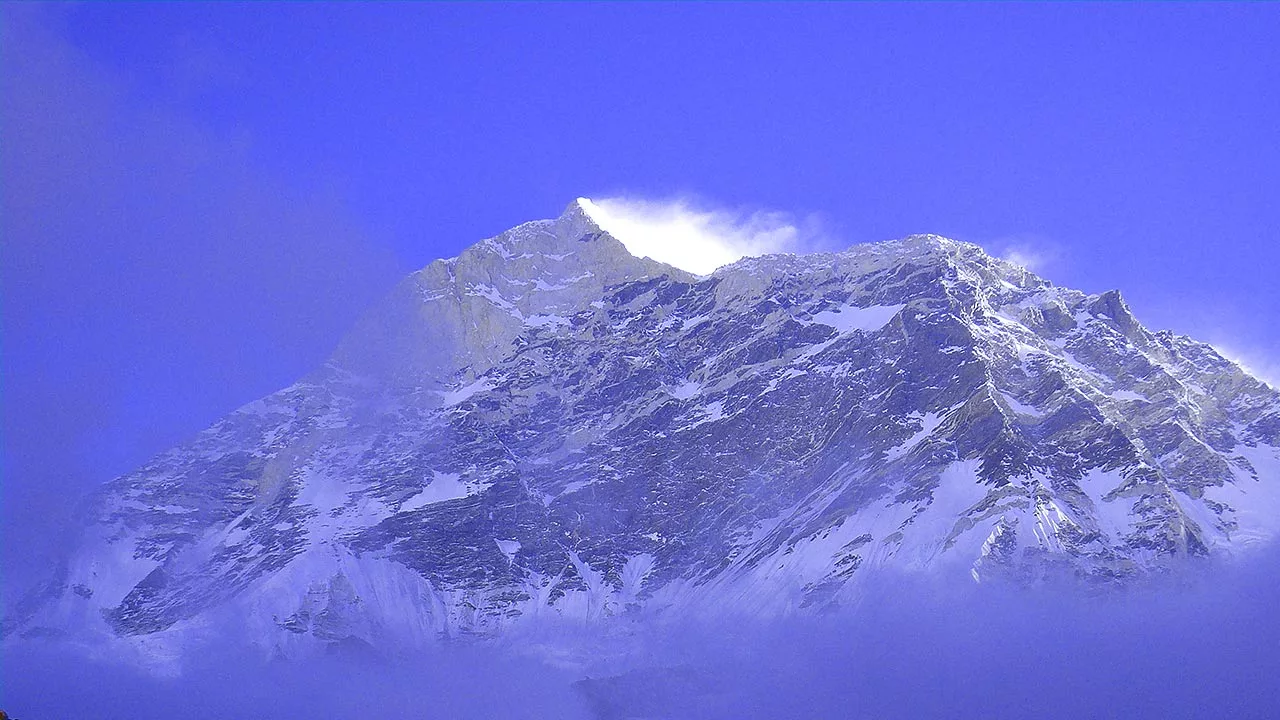
In the spring of 2009, we became the first Indian team to climb Mt. Makalu, achieving a historic feat against the odds and enduring some of the harshest conditions on Earth.
Background
My name is Pankaj Lagwal, a mountain guide and certified mountain instructor. My journey in the world of mountaineering began in 1998 when I started working as a visiting instructor with the Atal Bihari Vajpayee Institute of Mountaineering and Allied Sports (ABVIMAS) in Manali. A passion for the mountains led me to establish Ascent Descent Adventures in 2010. I still give specialty courses in conjunction with mountaineering Institutes.

The call to climb Mt. Makalu came from its sheer significance and allure. As the fifth-highest peak on Earth, with an elevation of 8,463 meters (27,766 feet), Makalu stands as an isolated monolith, shaped like a four-sided pyramid. The thought of climbing a peak where no Indian had previously succeeded was a powerful motivator. As an official climber and cameraman, I was ready to be part of a historic ascent.

My experience with climbing began with challenging peaks like Mulkila-5 in the Milang Glacier, Lahaul district of Himachal Pradesh.
Over the years, I have climbed and guided several other summits in Himachal Pradesh and Leh, including the famed Stok Kangri, which has given me the technical knowledge and confidence to attempt an eight-thousand-meter mountain.
Being selected for the Indian team to climb Mt. Makalu was an honor, and the opportunity to be part of an unprecedented ascent made the journey all the more special.
Planning and Preparation
With only four months to prepare, my training regimen had to be intense and focused. I knew that climbing an 8,000-meter peak required not just physical strength but also endurance, agility, and a strong mindset. To get ready, I trained by running on mountain trails, swimming, kayaking on the river Ganges, and off-road mountain biking. This diverse training helped me build the endurance and stamina I would need for the climb.
Preparation for this expedition involved a pre-expedition to Gangotri-1 in 2008. Though I wasn’t directly involved in that journey, my role during that period was crucial—I was responsible for testing and training with cameras to capture the footage for the expedition. This task required attention to detail and technical expertise, which would play an essential role during the actual climb.

I was fortunate to have key people who provided invaluable support and guidance during the preparation phase. The producers, Paranv Shai and Surinder Talwar offered me numerous tips and advice, especially related to capturing quality footage. Paranv Shai’s film studio in Patna, Bihar, was where the film was produced based on the footage I brought back from the expedition.
Additionally, The Joint Indo Bangladesh expedition’s leader, Col. Neeraj Rana, played a pivotal role in ensuring the logistics and coordination of the team. His leadership and meticulous planning were essential in keeping everything on track and ensuring that each team member was well-prepared for the journey ahead.
The Joint Indo Bangladesh Expedition Mt. Makalu 2009 Timeline
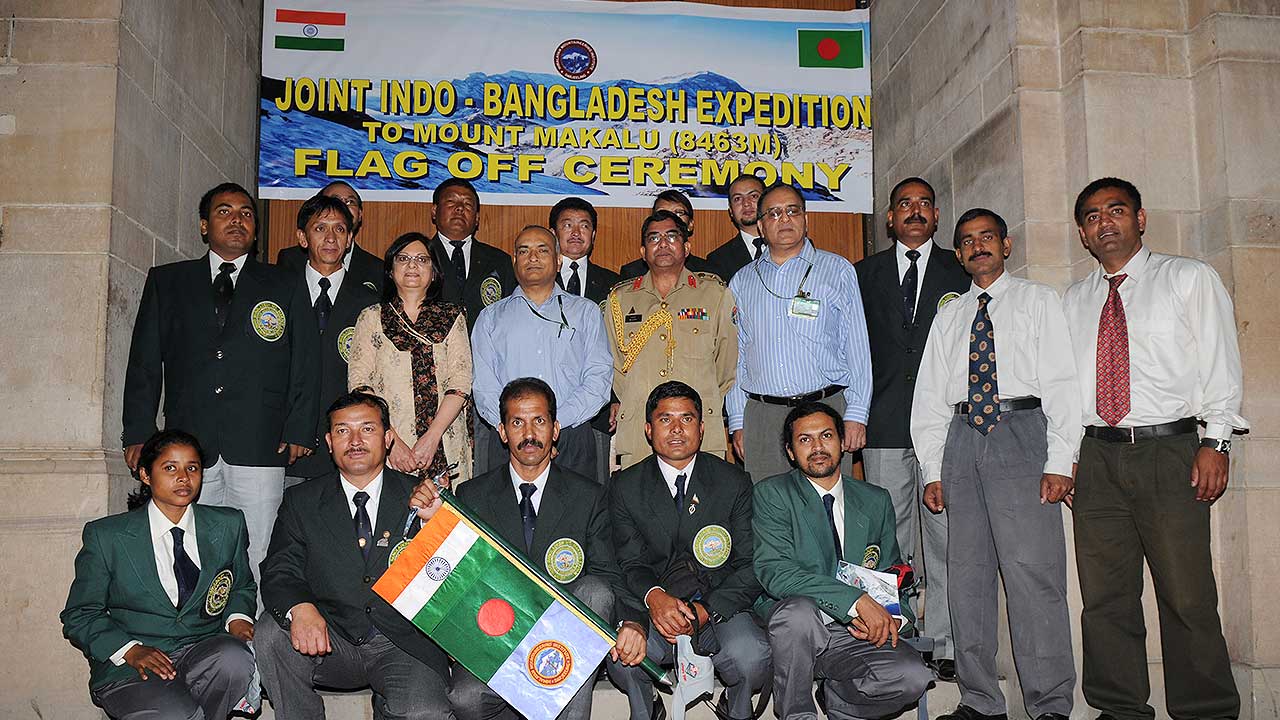
On 17 March 2009, the journey to climb Mt. Makalu began with a flag-off ceremony at the South Block – Ministry of Defense and the Ministry of External Affairs, marking the official start of our expedition. This event signified the commitment of our team to climb one of the world’s highest peaks, creating an atmosphere of anticipation and excitement.

The initial phase of our journey took us to the Himalayan Mountaineering Institute (HMI) in Darjeeling, where a Khata ceremony was held on 2 April 2009. It was a significant moment, as it brought together team members and well-wishers to commemorate the expedition’s beginning.
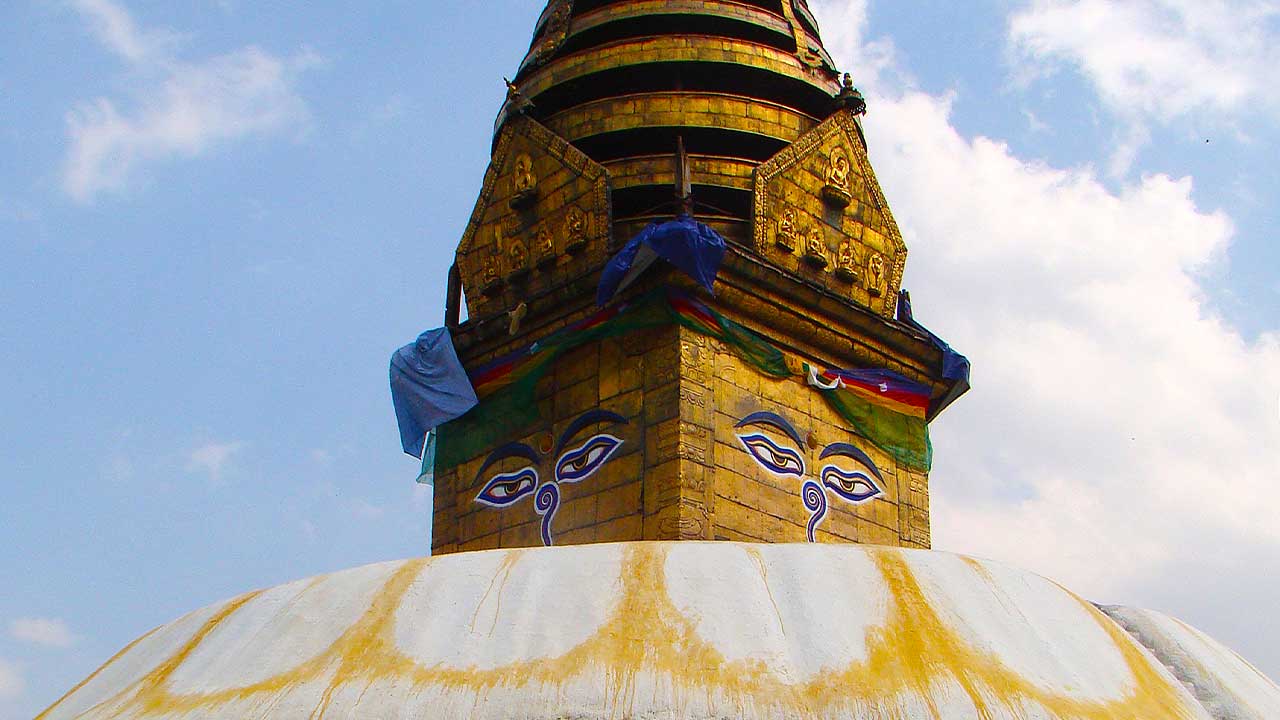
By 3 April 2009, we had reached Kathmandu, the capital city of Nepal, a crucial stopover for climbers heading to the Himalayas. From there, we traveled to Tumlingtar, arriving on 6 April 2009. This small town, located at 1,700 ft (518 m) and a natural runway without a tarmac, was the starting point for our trek.

The following day, on 7 April 2009, we drove to a point short of Num, from where our trek began in earnest. Our route took us through challenging terrain and diverse landscapes.

By 11 April 2009, we had crossed Shipton La Pass at 4,229 m, where we caught our first proper glimpse of Mt. Makalu. The sight of the majestic peak in the distance filled us with awe and further fueled our determination to reach the summit.
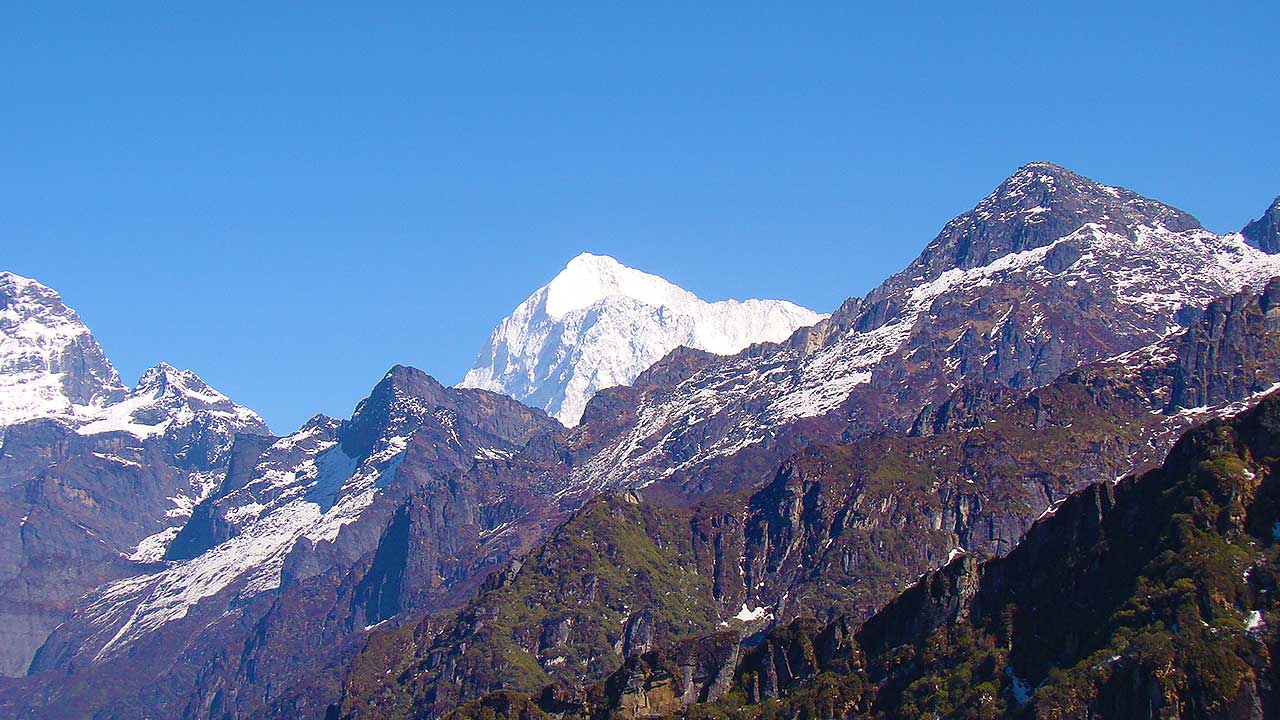
The expedition reached Base Camp at 4,700 m on 14 April 2009, marking an important milestone in our journey. The next few days were spent acclimatizing to the altitude. This was crucial for our safety and success on the mountain. On 16-17 April, we remained at Base Camp to adjust to the high altitude.
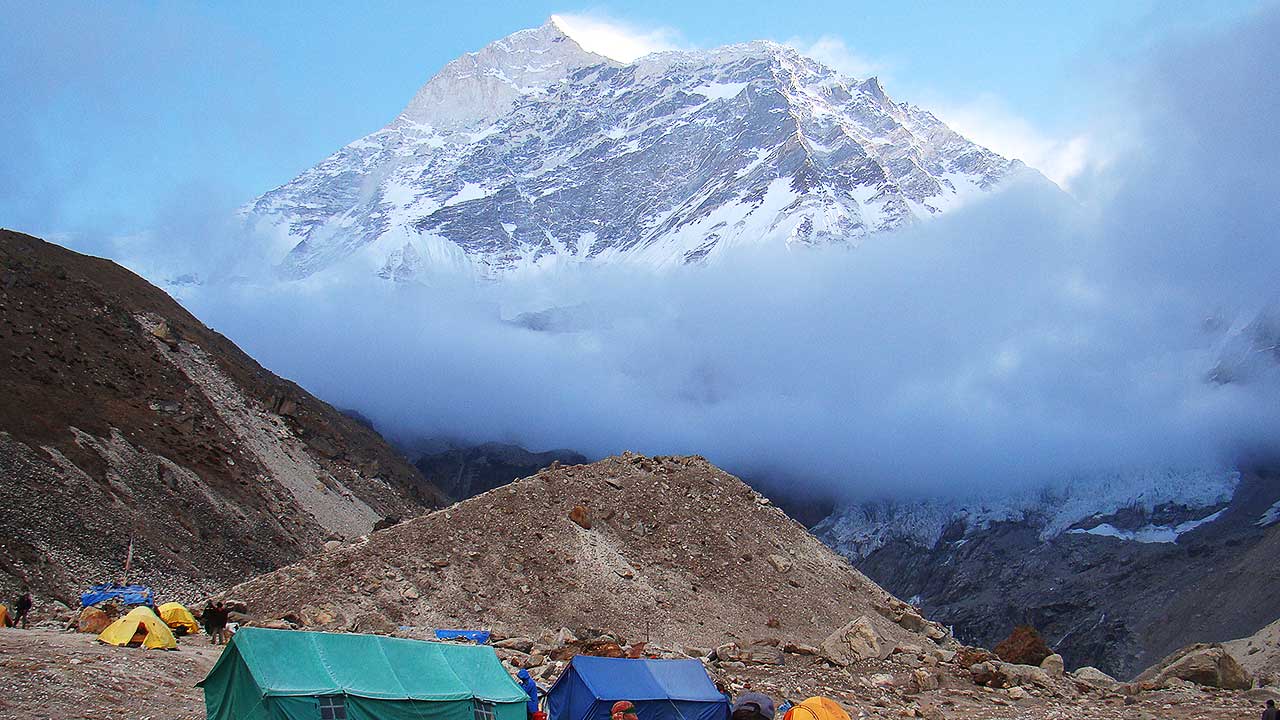
On 18 April 2009, we moved to Advance Base Camp, located at 5,300 m. Here, we sorted our gear and ensured that everything was in place for the climb ahead.

On April 19th, Major N Linyu, the expedition’s medical officer, assessed the team members’ vital signs and health.

A significant event took place on 20 April—the Makalu Puja Ceremony, a traditional blessing ceremony seeking good fortune and safety for our expedition.
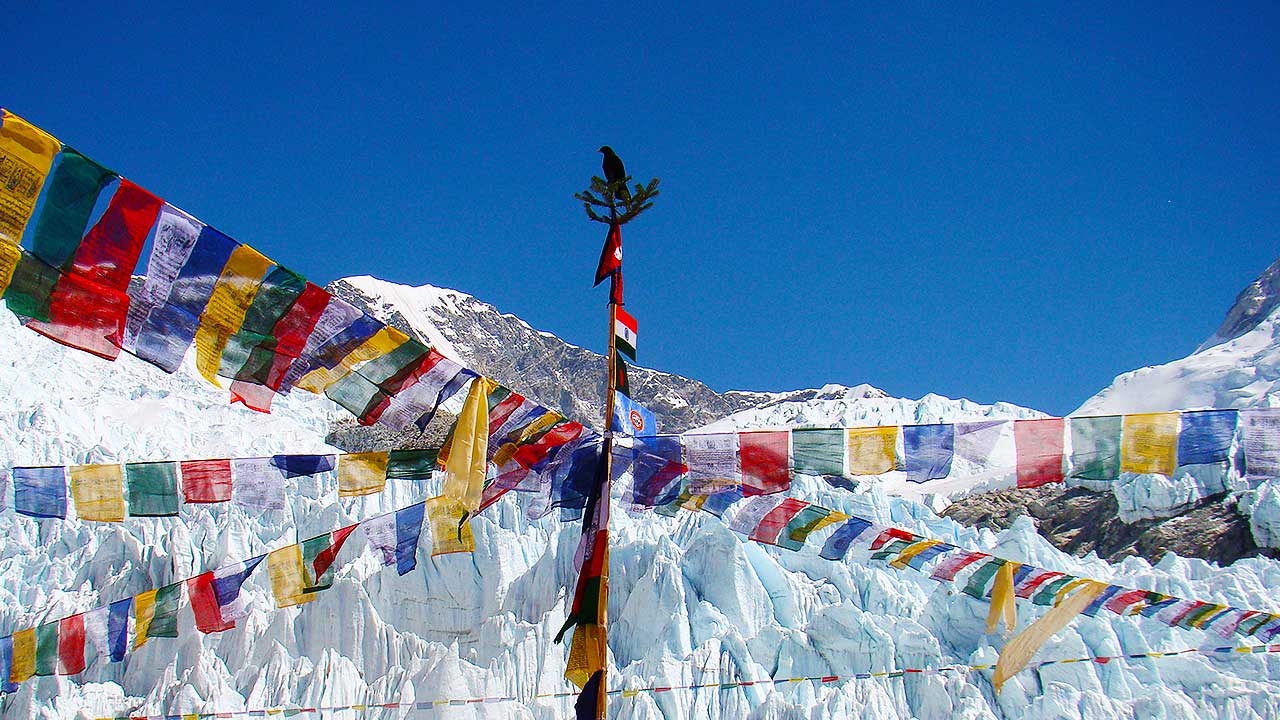
By 21 April 2009, we had begun the load ferry, establishing Camp 1 at 6,200 m. This involved carrying equipment and supplies to higher altitudes, ensuring that our path was well-prepared. The process continued, and on 1 May 2009, we established Camp 2 at 6,850 m, followed by the establishment of Summit Camp at 8,000 m on 3 May 2009.
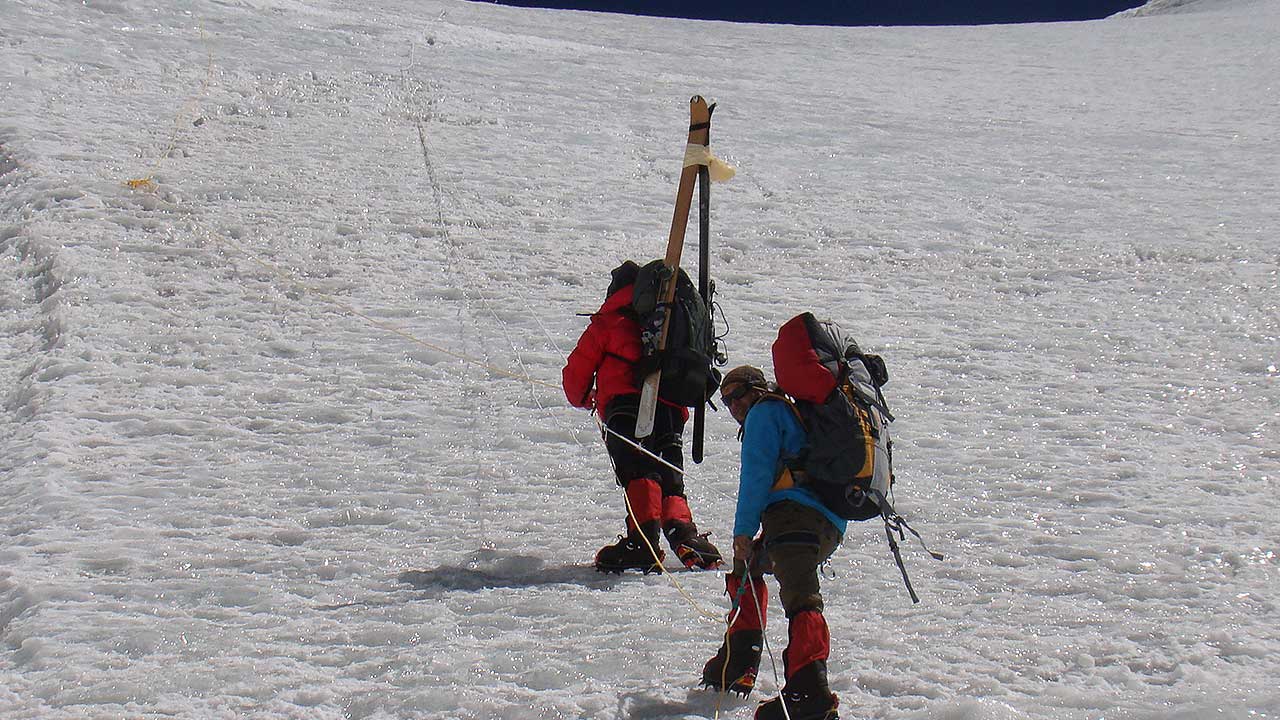
On 9 May 2009, our A team made the first attempt to climb from Advance Base Camp to Camp 2. By 10 May, we reached Summit Camp at 8,000 m around 8:00 PM. As we settled in, a fierce storm hit around midnight, putting our ascent plans at risk.


In Tibetan, Makalu means “Great Black”—a reference to the oft-exposed granite that makes up the mountain’s summit. The isolated peak is known for the strong winds that whip frequently around it and scour the snow away.
NASA Earth Observatory
The next day, 11 May 2009, a group of Sherpas and a few team members, including Juuna Thakur (Sangat Ram Thakur), decided to descend in the storm. This turned out to be a challenging and perilous descent, resulting in several cold injuries. Tragically, my friend Sangat Ram Thakur fell on mixed terrain, sustaining a head injury. He had planned to ski down from the summit.
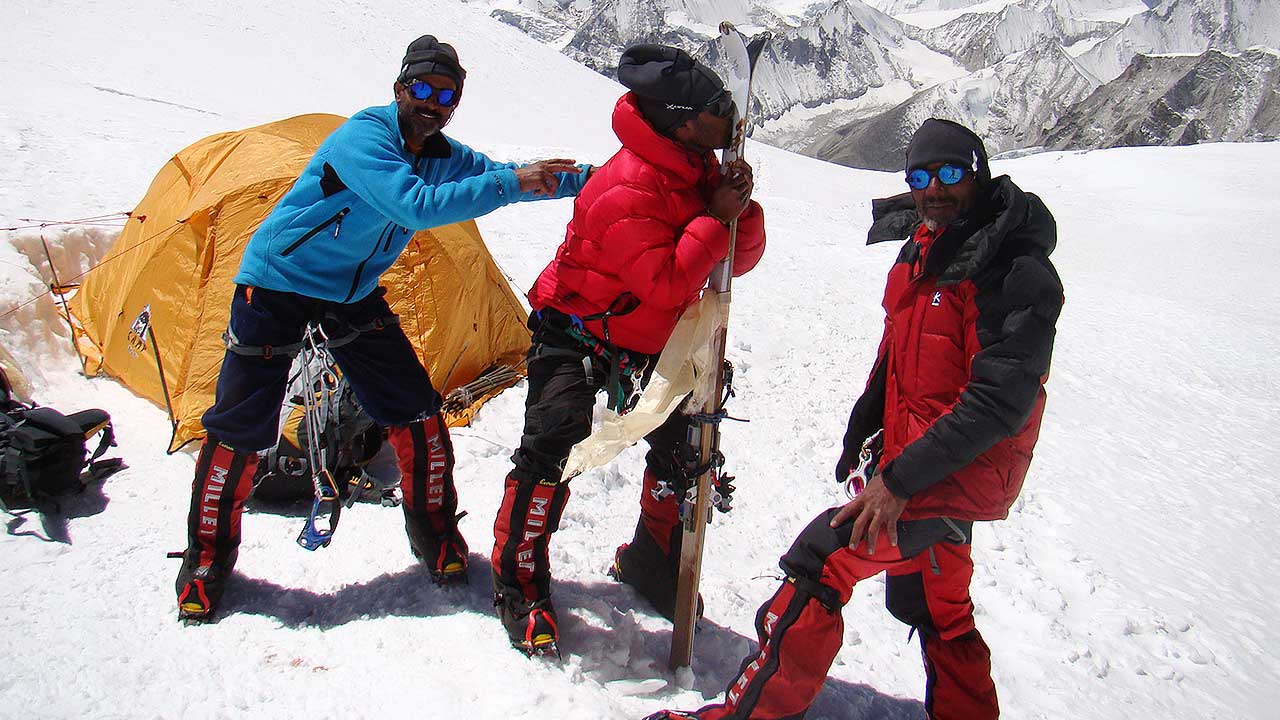
Despite the hazardous conditions, Col. Rana, Subedar Neel Chand, Ngodup Bhutia, and I chose to stay at Summit Camp, hoping for clearer weather. We endured extreme conditions, with jet streams blowing at 120 km/hr and temperatures dropping to -53 degrees Celsius. Our first summit attempt failed, and I suffered frostbite on my cheek while capturing footage of the storm and many team members suffered cold injuries on their extremities.
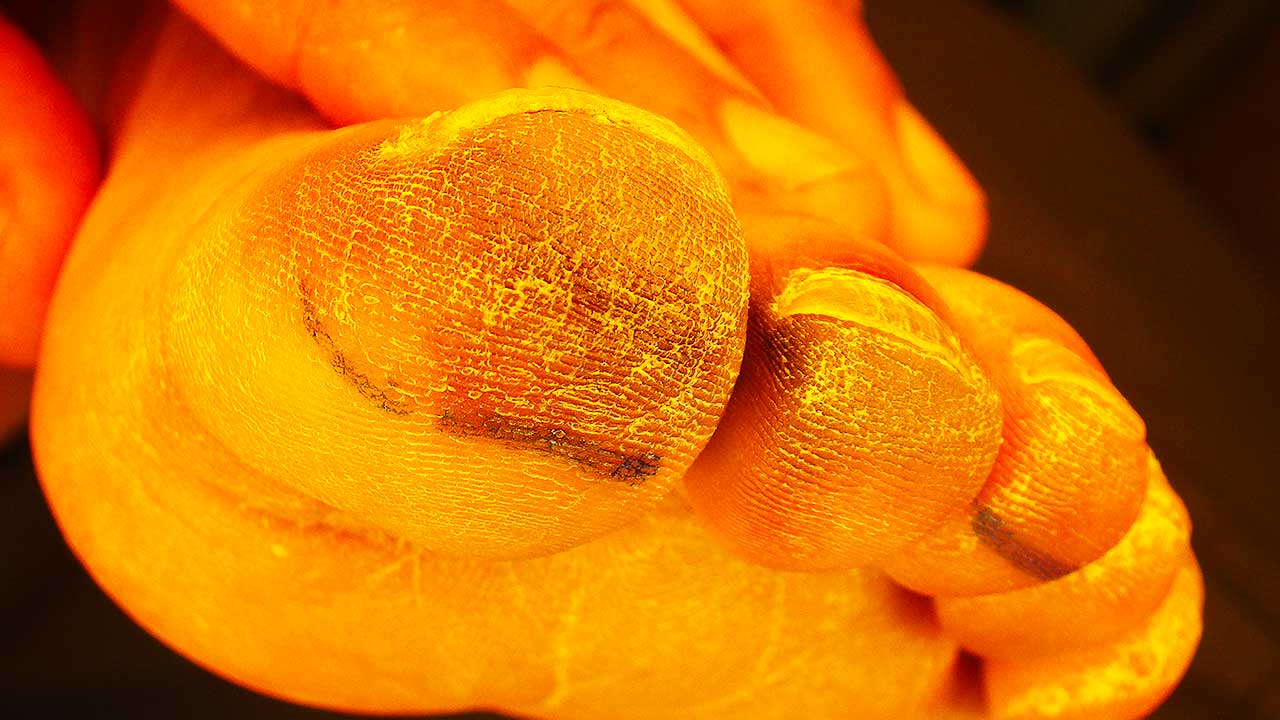
After three days of being stuck in Summit Camp, on 13 May 2009, Col. Rana set a world record by flying a paraglider from Camp 2 (6,850 m) to Advance Base Camp (5,700 m), while the rest of the team returned to Advance Base Camp at 5,700 m. This record-setting flight was a remarkable event, providing a glimmer of positivity amid the harsh conditions we faced.

On 18-19 May, tragedy struck. Junna Thakur was evacuated by helicopter to Kathmandu due to his head injury, and he later passed away in a Kathmandu hospital. It was a heartbreaking loss for the team.
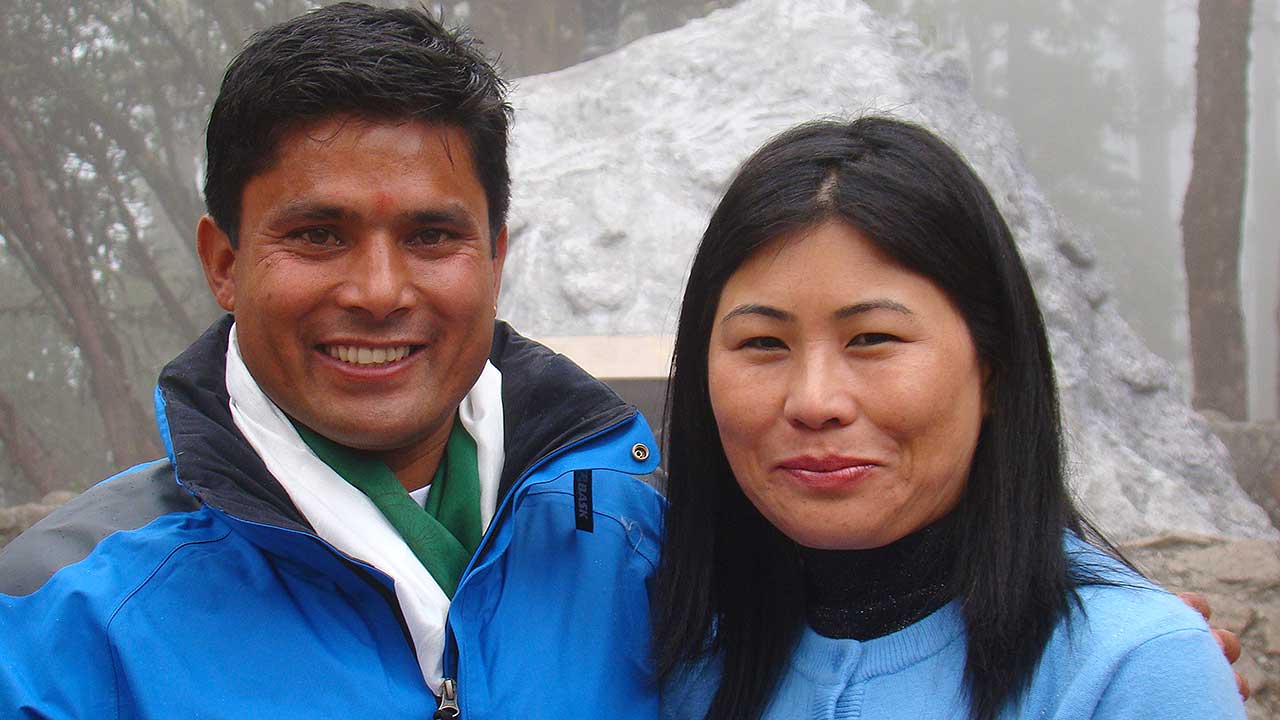
On 18 May 2009, the B team with Powell Sharma, Sub Neel Chand, Khushang Sherpa, and Sub Rajender Singh made a second attempt at the summit, starting at 9:00 PM from Summit Camp. By 19 May 2009, at 6:45 AM, the team reached the summit of Mt. Makalu, achieving our goal.
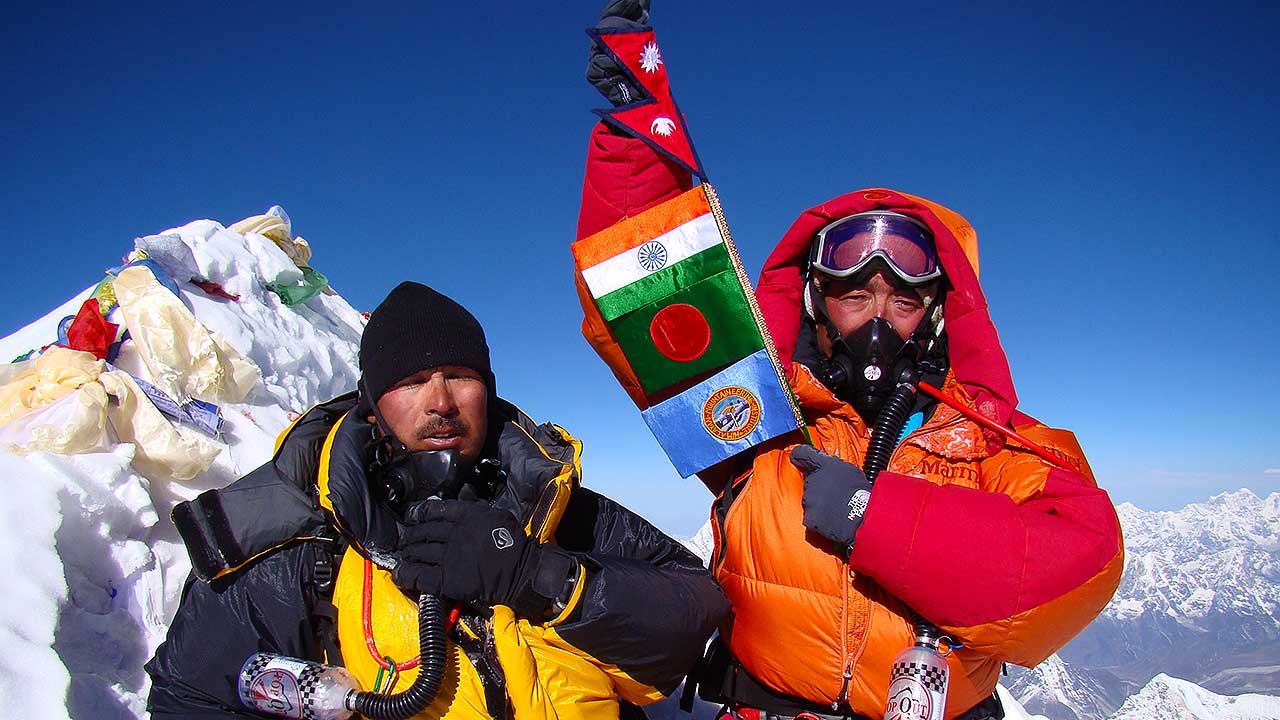
The feeling of success was mixed with grief over the loss of Junna Thakur, reminding us of the risks inherent in such expeditions.
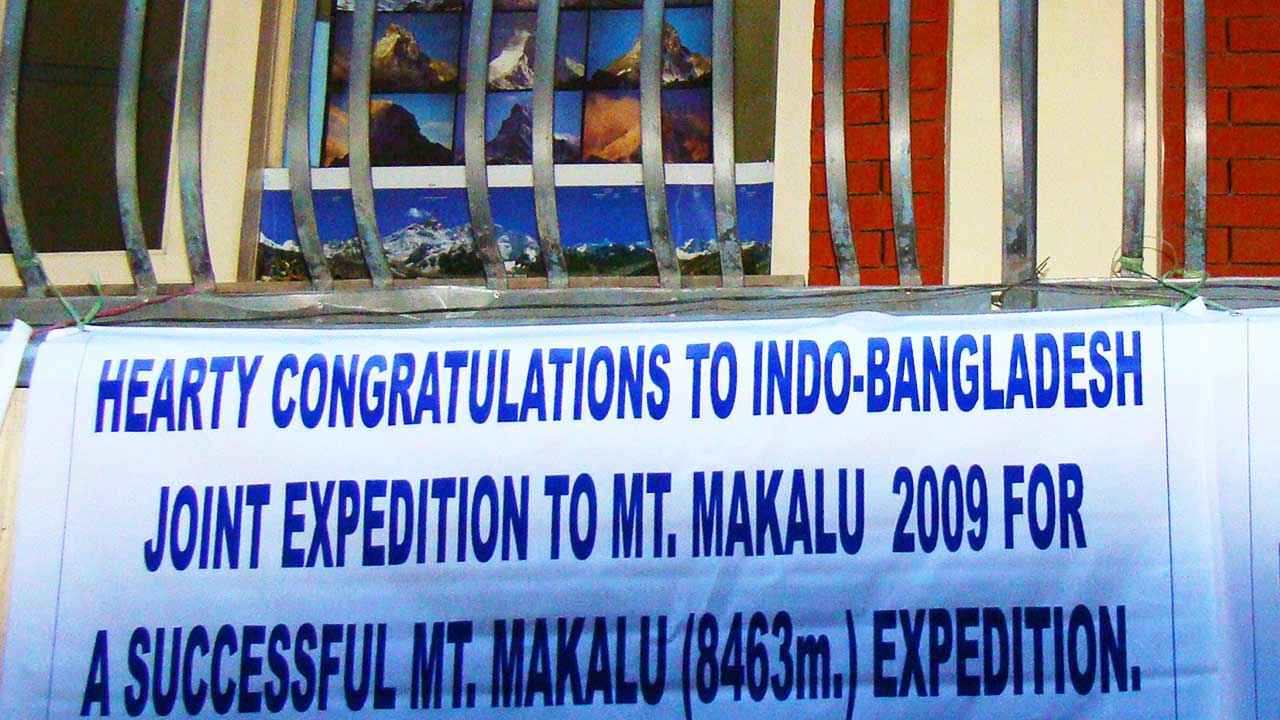
On 20 May 2009, the whole team returned to Advance Base Camp, and by 24 May, we were back at Base Camp. However, the weather had other plans. From 24-26 May, we were again stuck in a storm due to a western disturbance. Finally, on 27 May 2009, we made it back to Kathmandu, marking the end of our challenging but successful expedition to Mt. Makalu.

Insights
Surviving the harsh conditions on Mt. Makalu’s summit camp, stuck in a jet stream at 8,000 meters for three days and two nights, was a defining moment for me. It provided a chance to reflect on my place in the world and what it means to face the elements at their most unforgiving. During those challenging hours, I realized that as a human being, I am insignificant compared to the immense power of mountains and Mother Nature.
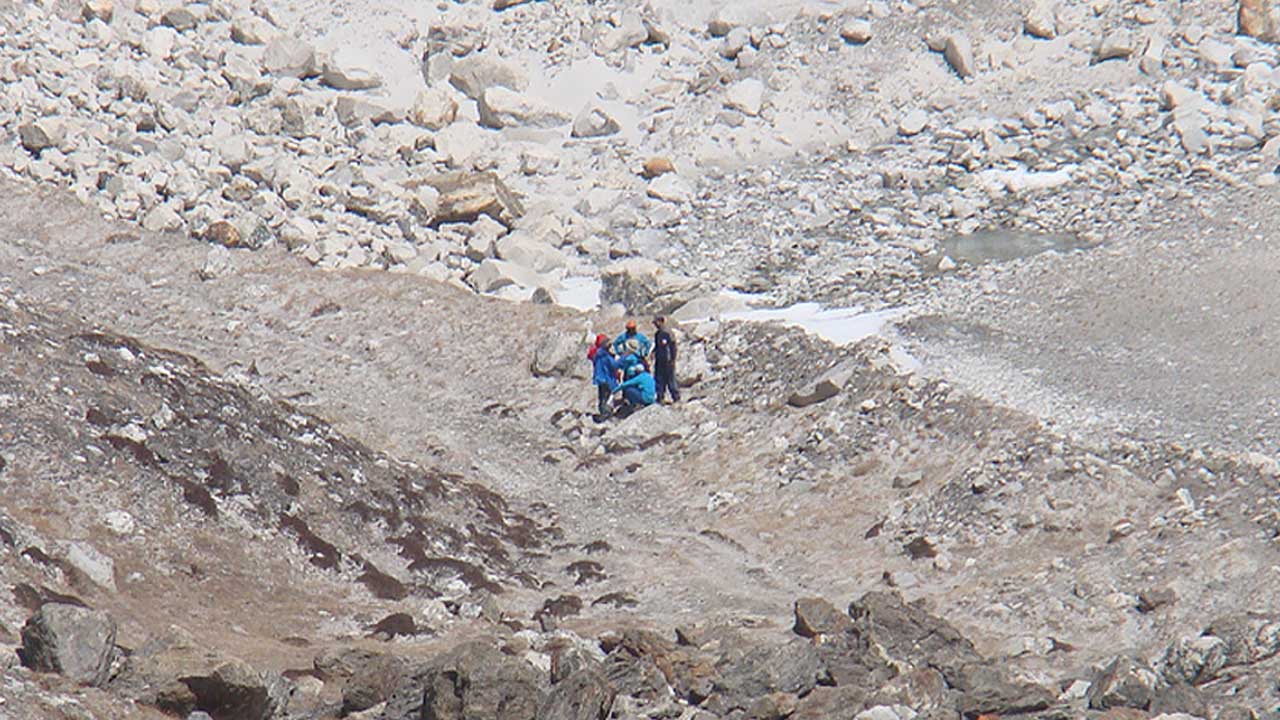
This experience taught me patience in the most extreme circumstances, and I understood that patience often comes unbidden when you’re faced with no other option. It also instilled in me a profound respect for mountains and the natural world.

For those who are interested in similar expeditions, my advice is simple but profound: climb to enjoy the journey, not to race to the top. This mindset shift can change the entire experience, allowing you to appreciate the beauty and complexity of the mountains without focusing solely on reaching the summit. It’s not about the destination, but the journey and the lessons learned along the way.
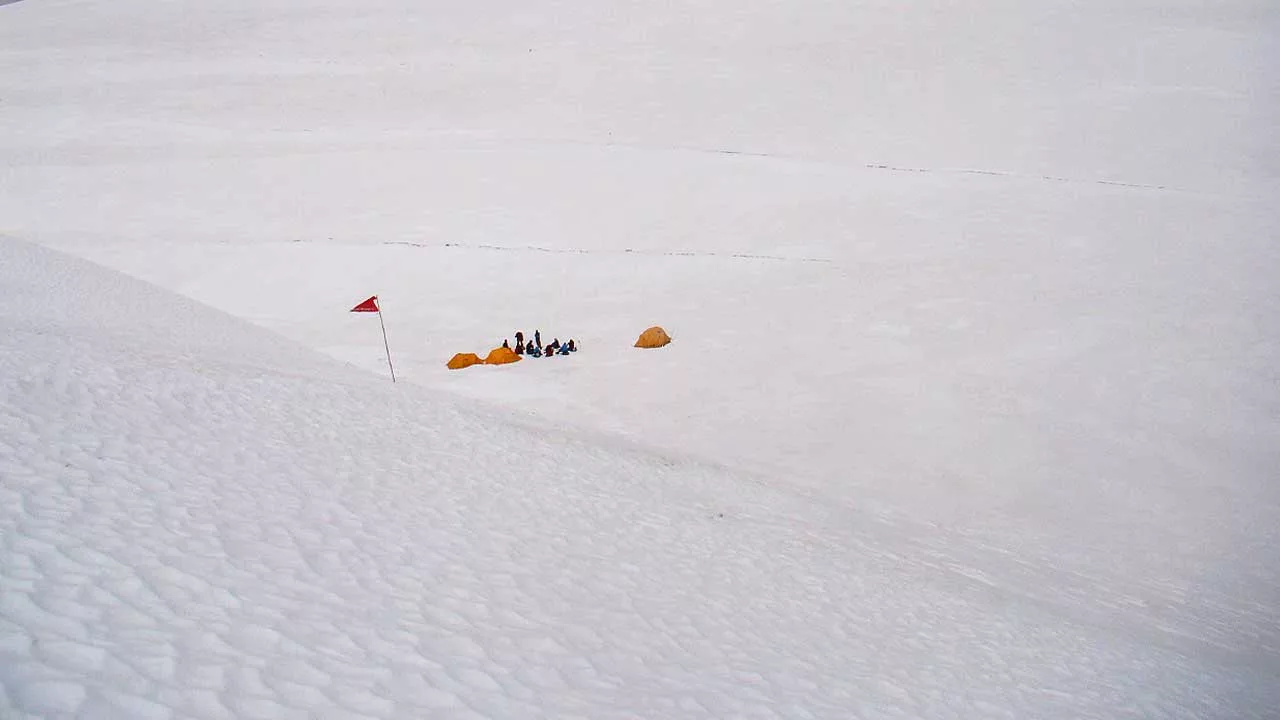
The experience of climbing Mt. Makalu and enduring its harsh conditions shaped me in significant ways. It improved my judgment on the mountain, allowing me to make better decisions in challenging situations. Moreover, my respect for nature grew immensely, knowing that the mountains are not just obstacles to conquer but sacred places to honor and respect.
Conclusion
Climbing Mt. Makalu was a journey that tested me physically, mentally, and emotionally. From the rigorous training and planning to the harrowing storms and setbacks, each step was a reminder of the unpredictable and powerful forces of nature. Yet, through all the challenges and adversity, our team persevered, ultimately reaching the summit and achieving a historic milestone.
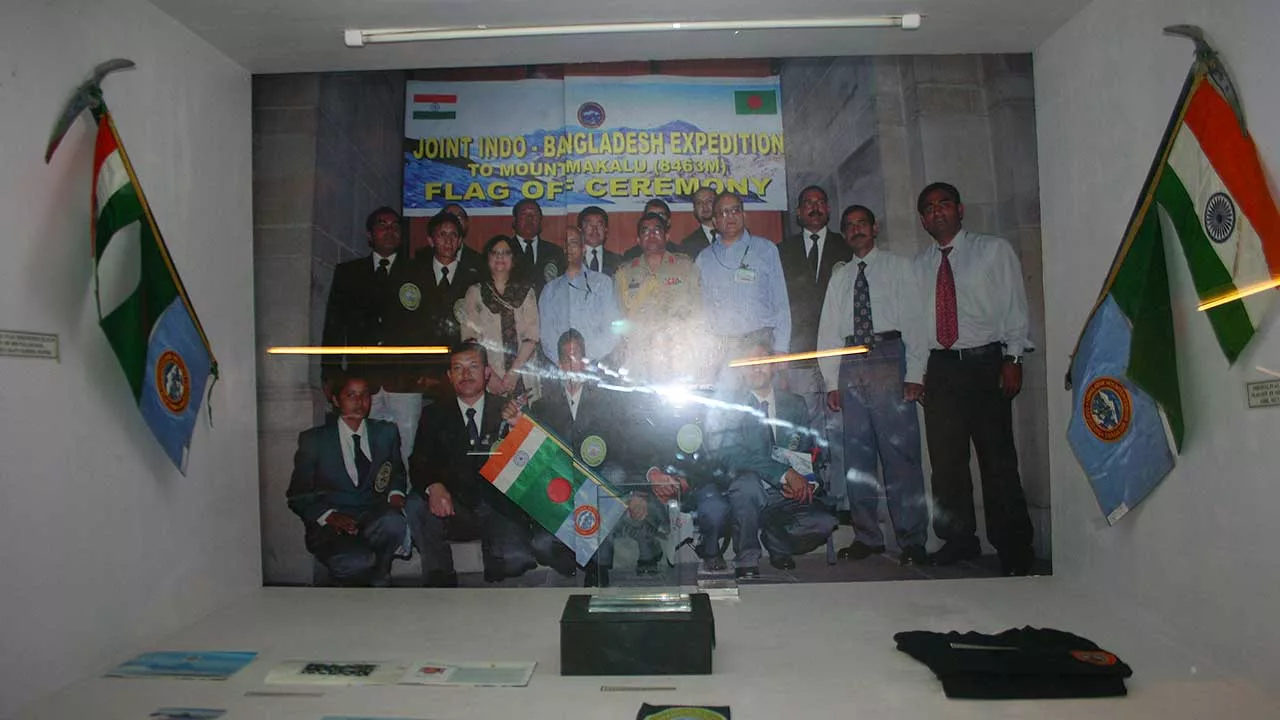
The experience taught me invaluable lessons about patience, resilience, and respect for the mountains. It reinforced the idea that climbing is not just about reaching the top but about embracing the journey, learning from the challenges, and building deeper connections with nature and those around you.
Though we faced heartbreaking losses along the way, the bonds formed with my fellow climbers and the memories created are everlasting. The climb to Mt. Makalu showed me that the mountains have a unique way of shaping people, instilling humility and respect, and offering a glimpse into the raw beauty of the natural world.

As I look back on this journey, I feel gratitude for the opportunity to be part of something greater than myself. The mountains will always hold a special place in my heart, reminding me that in the face of nature’s immense power, we are just small pieces of a much larger puzzle. But it’s in those small moments, the shared stories, and the perseverance through hardship that we find true strength and purpose.
PS – In 2011, Late Sangat R Thakur’s wife Rinchen Lamu Sherpa belaying her Son on Rock Face

- In 2022 he has finished his Mountaineering Course!
||वो शिखर पे नहीं, चरम पे है || – He is not at the top, but at extremes.
Read another story form Himalayas:
Summit to Summit: The Climbing Legacy of Major KS Dhami
The Climb Within: Ajay Sohal’s Everest Ascent
The Unstoppable Climb: Pawel Sharma’s Pursuit of Everest